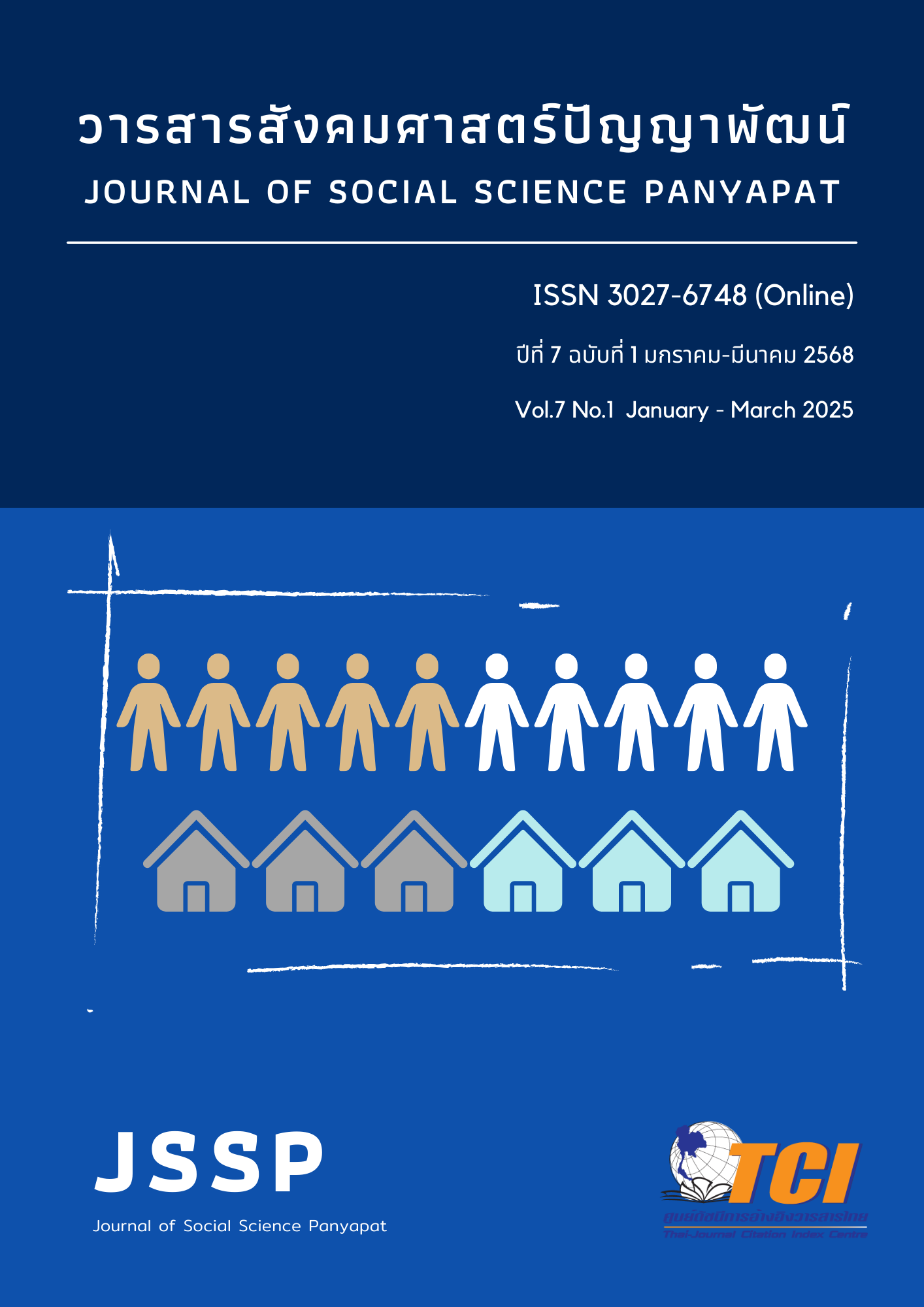Project-Based History Teaching for High School Students
Keywords:
Project-Based Teaching, Historical Methods, Student-Centered Learning, High SchoolAbstract
Project-based teaching is a student-centered teaching style, which is characterized by student independence creative investigation goal setting Collaboration, communication, and hands-on discovery Project-based teaching is commonly used in a variety of teaching disciplines, but it is still rarely found in teaching history. This article presents project-based history teaching for high school students. Teaching history has general goals consisting of 1) teaching for exams, 2) teaching to create awareness and ideology, 3) teaching history to understand the present, 4) teaching to understand historical processes, and 5) teaching to be a part of. To practice analytical and critical thinking Teaching history in Goals 3, 4, and 5 will itself lead to Goals 1,2. Therefore, teaching history to meet Goals 3, 4, and 5 requires teaching using a scaffolding method. The work is the basis for practicing self-investigation. Practice analysis Criticize with principles and reasons. This method is especially suitable for teaching high school as the workload is quite complex. However, teachers must consider teaching methods to suit the context of the students and the class, including the curriculum.
References
เด่นพงษ์ แสนคำ. (2561). การสร้างแนวคิดชาตินิยมไทยผ่านทางการศึกษา วัฒนธรรม และ งานนิพนธ์. วารสารนานาชาติ มหาวิทยาลัยขอนแก่น สาขามนุษยศาสตร์และสังคมศาสตร์, 8(3), 142-168.
พิมพลักษณ์ โมรา. (2561). การจัดการเรียนรู้โดยใช้โครงงานเป็นฐาน: ทางเลือกในการจัดการศึกษาสำหรับผู้เรียนในศตวรรษที่ 21. วารสารวิจัยและพัฒนาหลักสูตร, 8(1), 42-52.
เพ็ญนภา สีสุกอง และ นิลมณี พิทักษ์. (2563). การศึกษาความสามารถในการคิดอย่างมีวิจารณญาณ ของนักเรียนชั้นมัธยมศึกษาปีที่ 5 รายวิชา ส 30233 เพิ่มเติมหน้าที่พลเมือง ที่ได้รับการจัดกิจกรรมการเรียนรู้ โดยใช้โครงงานเป็นฐาน (Project-Based Learning). วารสารศึกษาศาสตร์ ฉบับวิจัยบัณฑิตศึกษา มหาวิทยาลัยขอนแก่น, 12(4), 55-62.
เพ็ญพนอ พ่วงแพ และ ศศิพัชร จำปา. (2558). การสอนประวัติศาสตร์ เพื่อเสริมสร้างทักษะการคิด อย่างมีวิจารณญาณ. วารสารศึกษาศาสตร์ มหาวิทยาลัยศิลปากร, 13(1), 47-56.
รัชนีกร หงส์พนัส. (2549). กิจกรรมแบบสรรค์สร้างความรู้กับสาระประวัติศาสตร์. ใน วลัย พานิช (บรรณาธิการ), ประมวลบทความกิจกรรมพัฒนาผู้เรียนสู่มาตรฐานการเรียนรู้ กลุ่มสาระการเรียนรู้สังคมศึกษา ศาสนา และวัฒนธรรม. กรุงเทพฯ: ศูนย์ตำราและเอกสารทางวิชาการ คณะครุศาสตร์ จุฬาลงกรณ์มหาวิทยาลัย.
วิลุบล สินธุมาลย์. (2554). การรับรู้ประวัติศาสตร์ความสัมพันธ์ไทย-ลาว: ผ่านแบบเรียนประวัติศาสตร์ไทยและลาวชั้นมัธยมศึกษาปีที่ 1-6 (ค.ศ.1975-2009). (อักษรศาสตรมหาบัณฑิต, มหาวิทยาลัยศิลปากร).
ศศิพัชร จำปา. (2562). กระบวนการสืบสวนและการตีความทางประวัติศาสตร์ : การเรียนรู้ด้วยวิธีปฏิบัติ การประวัติศาสตร์. Humanities, Social Sciences, and Arts, 12(5), 974-988.
Al-Balushi, S. M., & Al-Aamri, S. S. (2014). The effect of environmental science projects on students’ environmental knowledge and science attitudes. International Research in Geographical and Environmental Education, 23(3), 213-227.
Beckett, G., & Slater, T. (2019). Global perspectives on project-based language learning, teaching, and assessment: Key approaches, technology tools, and frameworks. Oxon: Routledge.
Blumenfeld, P. C., Soloway, E., Marx, R. W., Krajcik, J. S., Guzdial, M., & Palincsar, A. (1991). Motivating project-based learning: Sustaining the doing, supporting the learning. Educational psychologist, 26(3-4), 369-398.
Carpenter, D. M., Crawford, L., & Walden, R. (2007). Testing the efficacy of team teaching. Learning Environments Research, 10, 53-65.
Chang, L. C., & Lee, G. C. (2010). A team-teaching model for practicing project-based learning in high school: Collaboration between computer and subject teachers. Computers & Education, 55(3), 961-969.
Cocco, S. (2006). Student leadership development: The contribution of project-based learning. (Master’s thesis. Victoria, BC: Royal Roads University,
De La Paz, S., & Hernández-Ramos, P. (2013). Technology-enhanced project-based learning: Effects on historical thinking. Journal of Special Education Technology, 28(4), 1-14.
Djamaludin, A. (2019). Belajar dan Pembelajaran 4 Pilar Peningkatan Kompetensi Pedagogis. Parepare: Kaffah Learning Center.
Grant, M. M. (2002). Getting a grip on project-based learning: Theory, cases and recommendations. Meridian: A middle school computer technologies journal, 5(1), 83.
Helle, L., Tynjälä, P., & Olkinuora, E. (2006). Project-based learning in post-secondary education–theory, practice and rubber sling shots. Higher education, 51, 287-314.
Kokotsaki, D., Menzies, V., & Wiggins, A. (2016). Project-based learning: A review of the literature. Improving schools, 19(3), 267-277.
Lim, S. W., Jawawi, R., Jaidin, J. H., & Roslan, R. (2023). Learning history through project-based learning. Journal of Education and Learning, 17(1), 67-75.
Molteno, M. J. (1971). The aims of history teaching. African Historical Review, 3(1), 18-26.
Rahim, M. Z. N. M., Ahmad, A. R., Awang, M. M., & Dahalan, S. C. (2019, October). Project-Based Learning: Improving Historical Thinking Skills Ability. In The 2nd International Conference on Sustainable Development and Multi-Ethnic Society (pp. 64-68). North Carolina: Redwhite Press.
Thomas, J. W. (2000). A review of research on project-based learning. San Rafael, CA: Autodesk Foundation.
Tsybulsky, D., & Muchnik-Rozanov, Y. (2019). The development of student-teachers' professional identity while team-teaching science classes using a project-based learning approach: A multi-level analysis. Teaching and Teacher Education, 79, 48-59.
VanSledright, A. (2010). What Does It Mean to Think Historically and How Do You TeachIt?. Social Studies Today Research and Practice, 22(2), 113-120.
Vogler, J. S., Thompson, P., Davis, D. W., Mayfield, B. E., Finley, P. M., & Yasseri, D. (2018). The hard work of soft skills: augmenting the project-based learning experience with interdisciplinary teamwork. Instructional Science, 46, 457-488.
Weinberg, S. (2001). Historical Thinking and Other Unnatural Acts: Charting the Future of Teaching the Past. Philadelphia, PA: Temple University Press.
Wurdinger, S., Haar, J., Hugg, R., & Bezon, J. (2007). A qualitative study using project-based learning in a mainstream middle school. Improving schools, 10(2), 150-161.
Downloads
Published
How to Cite
Issue
Section
License
Copyright (c) 2025 Journal of Social Science Panyapat

This work is licensed under a Creative Commons Attribution-NonCommercial-NoDerivatives 4.0 International License.


